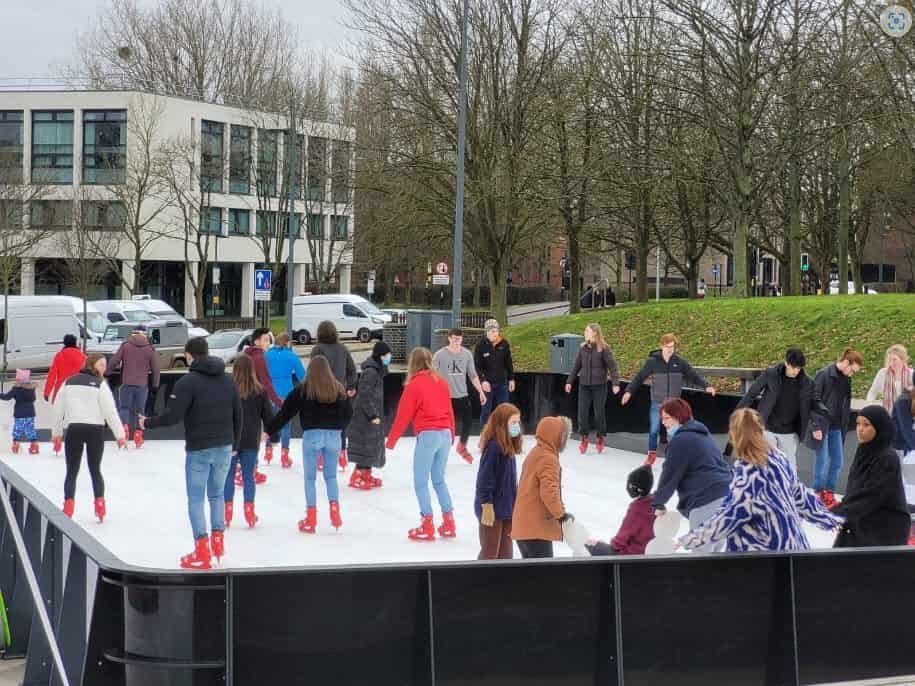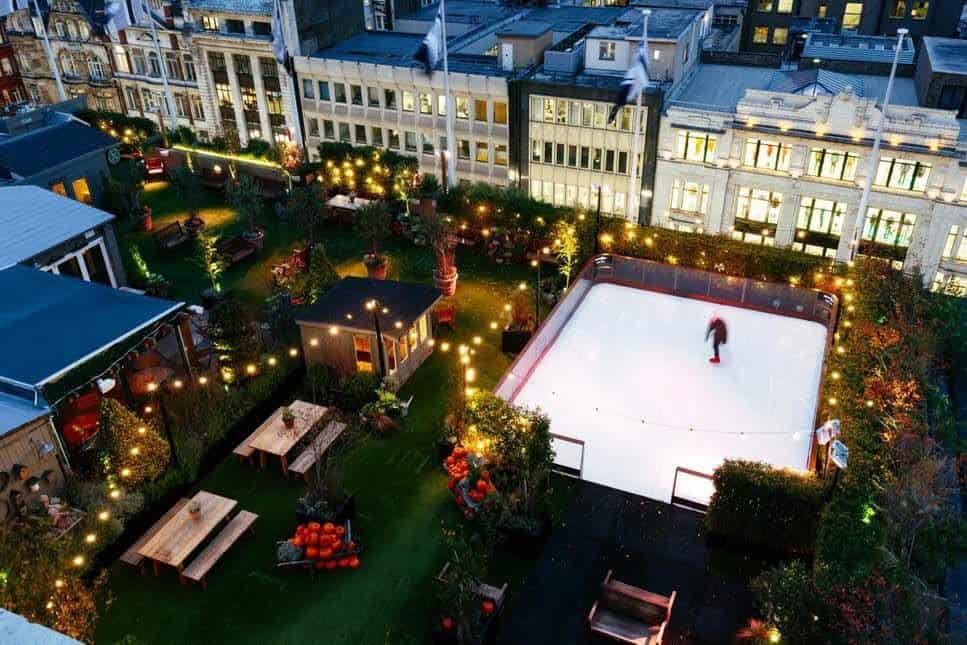Introduction: Ice skating has been a cherished pastime for centuries, but the availability of natural ice has always been limited by climate and seasonality. To overcome these constraints, the concept of artificial ice rinks emerged, revolutionizing the way people experience ice sports and recreation. In this blog post, we delve into the fascinating journey of artificial ice rinks, tracing their evolution from humble beginnings to the cutting-edge technology of today.
Early Concepts and Innovations: The history of artificial ice rinks dates back to the early 19th century when inventors began experimenting with various materials to simulate the slick surface of natural ice. One of the earliest attempts involved using a mixture of hog’s lard and salts, but the results were far from satisfactory. However, these initial failures laid the groundwork for further experimentation and innovation.
In the late 19th century, the introduction of refrigeration technology brought new possibilities to the development of artificial ice rinks. Engineers and entrepreneurs began experimenting with mechanical refrigeration systems to create ice surfaces that could withstand the rigors of skating. These early rinks were often small and rudimentary, but they represented a significant leap forward in ice rink technology.
The Rise of Synthetic Materials: As the demand for ice sports grew, so did the need for more durable and cost-effective ice surfaces. This led to the development of synthetic materials that could mimic the properties of natural ice without the need for refrigeration. One of the first breakthroughs in this area was the invention of polyethylene plastic, which proved to be an ideal material for synthetic ice rinks.


Myth 3: Artificial Ice Rinks Are Not Environmentally Friendly There is a misconception that artificial ice rinks are harmful to the environment due to their energy consumption and reliance on synthetic materials. While it’s true that some older artificial ice rinks may have had a larger environmental footprint, advancements in technology have made modern artificial ice rinks much more sustainable. Many facilities now use energy-efficient cooling systems and renewable energy sources to reduce their environmental impact. Additionally, synthetic ice materials can be recycled and reused, further minimizing waste.
Myth 4: Artificial Ice Rinks Are Only Suitable for Recreational Skating Some people believe that artificial ice rinks are only suitable for recreational skating and are not suitable for competitive sports like hockey or figure skating. However, many professional athletes and teams use artificial ice rinks for training and practice sessions. Synthetic ice surfaces offer consistent glide and performance, making them ideal for honing skills and developing technique. In fact, some competitive events and tournaments are held on artificial ice rinks, further demonstrating their suitability for high-level competition.
Myth 5: Artificial Ice Rinks Are Expensive to Install and Maintain While there is an upfront cost associated with installing an artificial ice rink, many people mistakenly believe that they are prohibitively expensive to maintain in the long run. In reality, the total cost of ownership for an artificial ice rink can be comparable to or even lower than that of a natural ice rink over time. Synthetic ice surfaces require less frequent resurfacing and repair, reducing ongoing maintenance costs. Additionally, advances in technology have made artificial ice rinks more energy-efficient, further lowering operating costs.
Conclusion: Artificial ice rinks offer a versatile and sustainable alternative to natural ice surfaces for skating, hockey, and other winter sports. By debunking common myths and misconceptions, we can help promote a better understanding of the benefits and capabilities of artificial ice rinks. Whether it’s for recreational skating, professional training, or competitive sports, artificial ice rinks provide an accessible and enjoyable experience for skaters of all ages and abilities.
Polyethylene plastic offered several advantages over traditional ice, including durability, ease of maintenance, and the ability to skate year-round regardless of temperature. As a result, synthetic ice rinks began to gain popularity in both recreational and professional settings, paving the way for further advancements in the field.
Technological Advancements: In recent decades, significant advancements in materials science and engineering have transformed artificial ice rinks into high-performance facilities capable of rivaling their natural counterparts. Modern synthetic ice surfaces are made from advanced polymers that offer enhanced glide and durability, providing skaters with an experience that closely resembles skating on natural ice.
In addition to improvements in materials, technological innovations have also played a crucial role in the evolution of artificial ice rinks. Advanced computer modeling and simulation techniques allow designers to optimize the layout and configuration of rinks for maximum efficiency and performance. Meanwhile, automated maintenance systems ensure that ice surfaces remain smooth and pristine, even under heavy use.
Furthermore, the integration of smart technologies has enhanced the overall user experience at artificial ice rinks. From interactive lighting and sound systems to mobile apps that provide real-time information on rink conditions and events, modern ice rinks are equipped with a range of features designed to engage and entertain visitors.
Environmental Considerations: While artificial ice rinks offer many advantages over natural ice, concerns have been raised about their environmental impact. Traditional refrigeration systems consume large amounts of energy and often rely on harmful refrigerants that contribute to climate change. However, recent developments in sustainable technology are addressing these issues and paving the way for more eco-friendly ice rinks.
One promising approach is the use of alternative refrigerants and energy-efficient cooling systems that reduce the carbon footprint of ice rinks. Additionally, the development of solar-powered and geothermal heating systems offers renewable alternatives to traditional energy sources, further reducing the environmental impact of artificial ice rinks.
Looking to the Future: As we look to the future, the evolution of artificial ice rinks shows no signs of slowing down. Advances in materials science, robotics, and renewable energy are opening up new possibilities for creating even more innovative and sustainable ice rinks. Whether it’s for recreational skating, professional training, or competitive sports, artificial ice rinks will continue to play a vital role in bringing the joy of ice sports to people around the world.
Conclusion: The evolution of artificial ice rinks from their initial concept to modern marvels is a testament to human ingenuity and innovation. What began as simple experiments with makeshift materials has evolved into sophisticated facilities equipped with the latest technology and amenities. As we continue to push the boundaries of what’s possible, artificial ice rinks will remain a cherished destination for skaters of all ages and abilities, providing endless opportunities for enjoyment, recreation, and competition.


